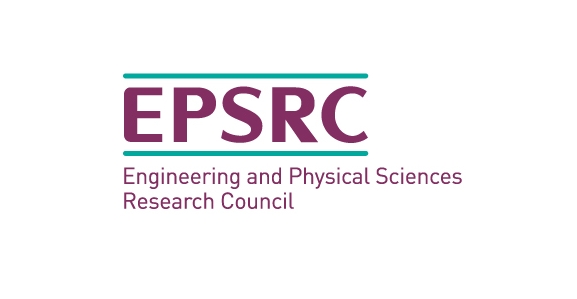Heritage Conservation Nepal
Meeting with UNESCO Kathmandu
The team had a meeting with UNESCO Kathmandu office to discuss about the project and possible applications.
DoA
Held a open meeting at Department of Archaeology to disseminate knowledge to local stakeholders.
Meeting with KVPT
The team has met with KVPT to discuss about the current situation and difficualties of heritage conservation in Nepal
NSET
The team met with NSET to have a deeper understanding of impacts of the earthquake
Kathmandu University
Met with the Department of Civil and Geomatics Engineering at Kathmandu University for collaboration.
Bhaktapur
Met with Bhaktapur Municipality to share knowledge and exchange ideas.
NGO
Met with local NGO, Build Change, to discuss about the difficulties of post-disaster reconstruction.


